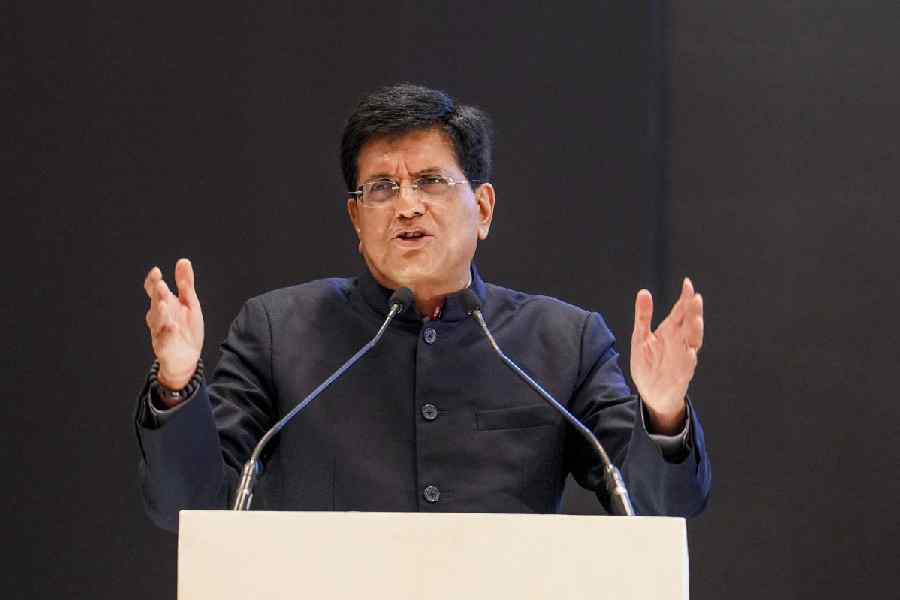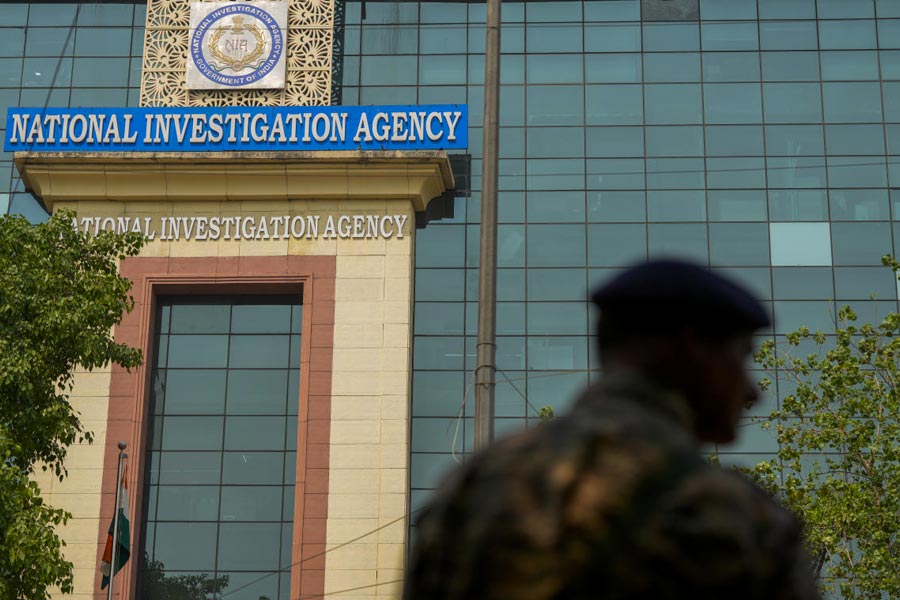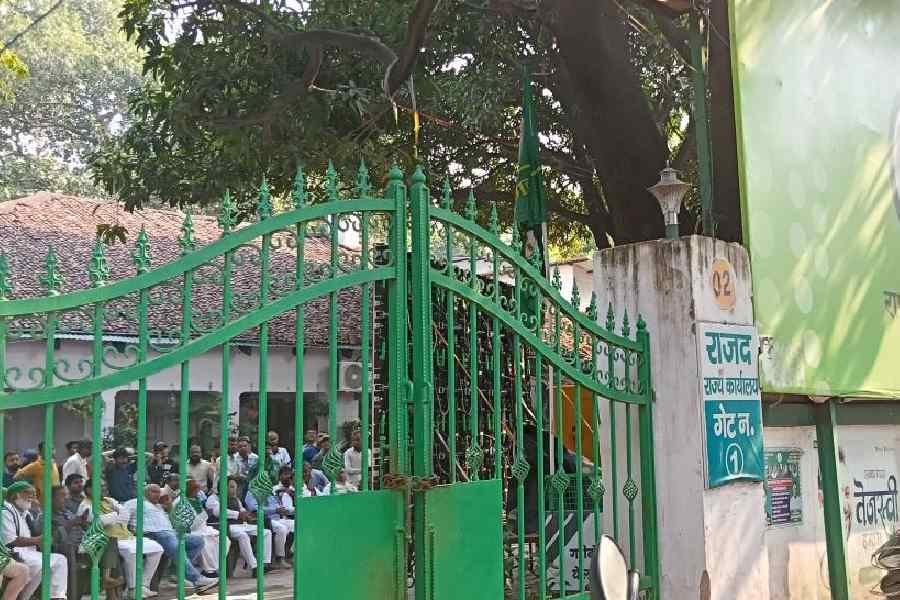Thunderstorm activities in the Bay of Bengal saved West Bengal and Odisha from the hottest February in over a century, according to a recent India Meteorological Department (IMD) study.
Summer arrived early in India this year with the country experiencing the hottest February in the last 125 years. The data showed that February 2025 was also one of the driest in 125 years with less than half the rainfall compared to other years.
Central and south peninsular India bore the brunt of the heat while several weather conditions kept it cooler in the east, north-east and north-west India.
Climate experts also linked the trend to the impact of climate change.
Maximum temperature rose to almost 1.5 degrees above normal
IMD data shows February 2025 as the “hottest … since 1901, with the average mean temperature for the month settling at 22.04°C … “. The data also points out that February recorded the second-highest maximum temperature since 1901 at 29.07°C, with a rise of 1.49°C. The last month also saw an “all-time high minimum temperature at 15.02°C, which was above normal by 1.20°C”.
A regional assessment shows that central India was the most affected by the heat surge with the maximum temperature rising up to 1.94 degrees Celsius over normal for this time of the year and the rise in average temperature up by 1.73 degrees Celsius.
With the heat came a prolonged dry spell as the country recorded deficit rainfall of 59% in January and February. The rainfall deficit in central India alone was 89.3%, followed by 64.4% in northwest India.
“India recorded 50.2 mm of cumulative rainfall in February — the fifth lowest since 2001 and 18th lowest since 1901,” states the IMD report that also predicts more than the usual number of “:heatwave days” between March and May 2025 in most parts of the country, including Rajasthan, Gujarat, Madhya Pradesh, Maharashtra, Uttar Pradesh, Jharkhand, West Bengal, Odisha, Chhattisgarh, Telangana, Andhra Pradesh, and parts of Karnataka and Tamil Nadu.
Thunderstorm activity was key to controlled Bengal temperature
Thunderstorm activities kept the temperature in check in West Bengal and Odisha, former director of IMD, K.J. Ramesh said.
West Bengal had experienced a spell of thunderstorms in the third week of February.
Habibur Rahaman Biswas, a senior scientist in Alipore Meteorological Centre, Kolkata, added that fog and anti-cyclonic activities in the Bay of Bengal coast also worked in Bengal’s favour.
“The dynamics contributed to keeping the rise in maximum temperature within a reasonable limit while the minimum temperature rose much more in comparison,” Biswas said.
The rise in minimum temperature in eastern India was 1.41 degrees Celsius above normal, the second highest since 1905. But the maximum temperature in February rose by only 0.5 degrees Celsius, according to the IMD report, a copy of which is with this correspondent.
Climate change threat to cities
The impact of climate change has been more and more evident, Ramesh warned, pointing to the early arrival of summer this year. He added that the average temperature of all months in 2024 was nearly 1.5 degrees Celsius above normal.
“That was an eye-opener and we should have taken appropriate administrative steps to counter the situation like conducting school examinations in February but unfortunately nothing has been done so far,” Ramesh said.
He said the impact of urban heat was undeniable. “Cities are not only heating up faster but also becoming increasingly vulnerable to heatwaves. The phenomenon calls for urgent climate action and innovative urban planning to mitigate heat risks. Cities need to adapt and upgrade infrastructure to the changing climate to tackle intensified heatwaves,” said Anjal Prakash, a climate policy expert with Indian School of Business, Hyderabad, who was recently nominated as the lead author for the prestigious UN special report on climate change and cities.
Professor Subimal Ghosh of IIT Mumbai said climate change was clearly playing a key role in the increasing warming impact in India. “This is in keeping with the global trend. But quantitative attribution is not yet possible,” he said.
Pointing out that lack of Western disturbances seemed to have contributed to a dry and warm February in 2025, Ghosh said: “While we already have an efficient forecasting set-up, we need to ensure that early warning systems keep the community alert to such situations and facilitate taking appropriate decisions.”











